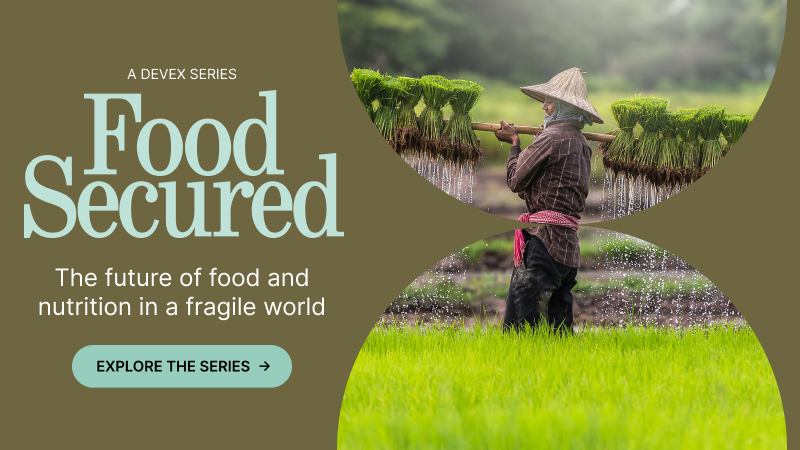How bringing back indigenous crops can help solve the food crisis

Global dietary diversity has been declining for decades, with three big crops dominating what people eat: wheat, rice, and maize. These three crops account for more than 40% of calories consumed by humans and, along with sugar cane, represent about half of global primary crop production.
This focus on producing fewer crop varieties that can be easily mass-produced and shipped has left the global food system increasingly vulnerable to shocks and stresses brought about by climate change and disease.
With little economic incentive to grow them, many farmers have abandoned growing traditional and indigenous crops — also known as orphan crops, lost crops, and minor crops — in favor of cash crops such as wheat and maize.
But there are efforts underway to bring back some of these neglected indigenous crops — and chefs are playing a leading role. The Chefs’ Manifesto is a network bringing together chefs working on different initiatives aimed at food system transformation. Devex spoke to chefs from different parts of the world about the local ingredients they’re championing to help create a more resilient food system.

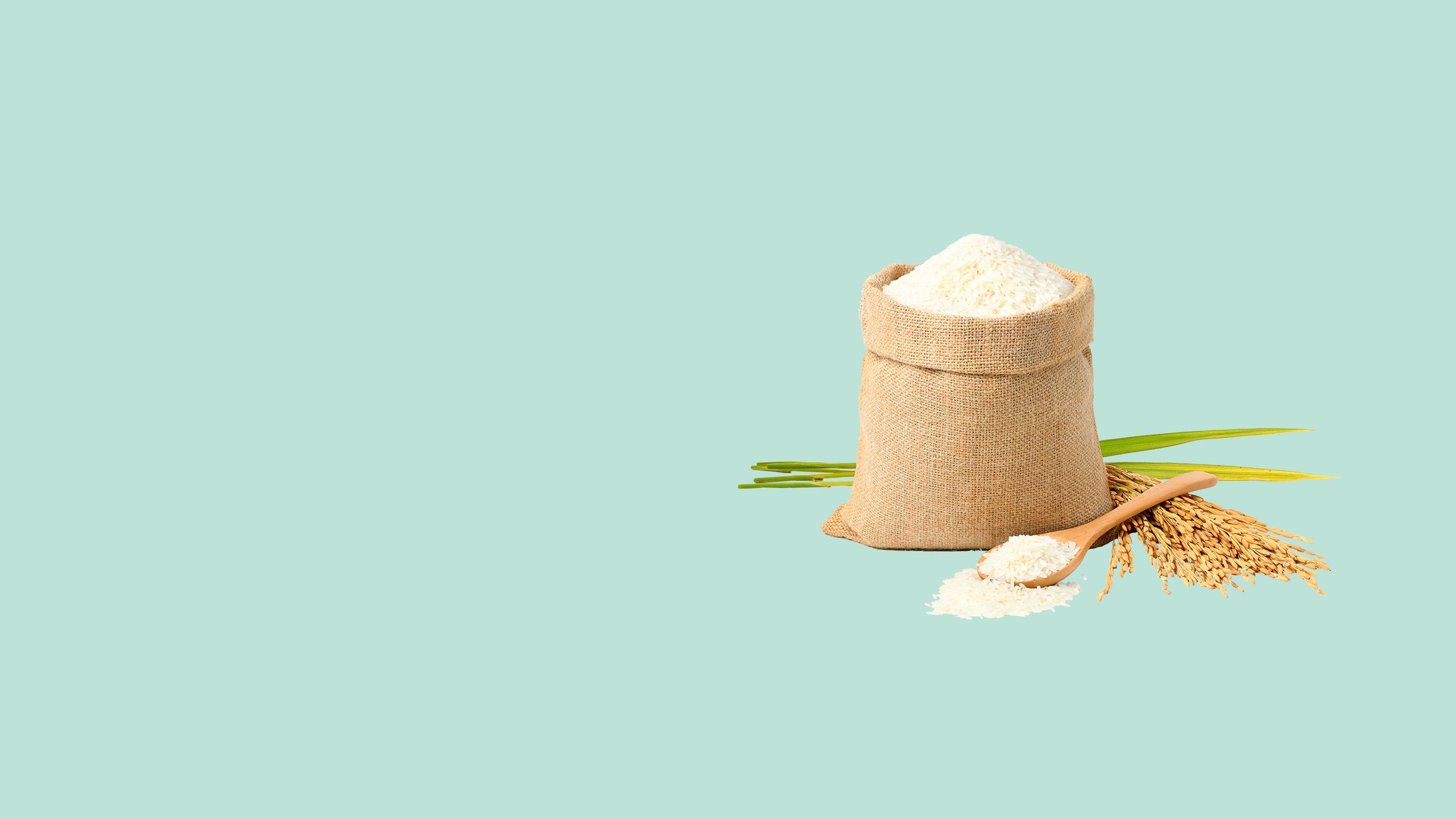


"When you eat local, you really are involved in your community."
Growing up in a culinary family, chef Natacha Gomez was influenced by her grandmother’s stories of long-forgotten local recipes that she ate as a child. “When I became a chef, I said, ‘how can I give that back, or make people value more what we have?’” Gomez said.
Haiti has a rich food heritage, with influences from African, French, and Spanish cuisine, as well from the Indigenous Taino who inhabited the island before European colonizers arrived. And yet knowledge of local dishes and ingredients is disappearing, Gomez said, as recipes that were passed down the generations orally from mothers to daughters have been forgotten, and imported food has grown in popularity.
The devastating 2010 earthquake in Haiti was a turning point for Gomez and her approach to cooking. In the aftermath of the earthquake, the country struggled to feed its population, laying bare the consequences of decades of dependence on cheap imports and food aid, and a lack of investment in Haitian farming. “I told myself, why not educate people [by] showing them what they have locally; what they can do with that,” Gomez said.
Gomez is now on a mission to change how Haitian food is seen both inside and outside the country, by promoting the use of healthy and sustainable local ingredients like black-eyed peas and moringa, and bringing a fresh twist to traditional dishes.

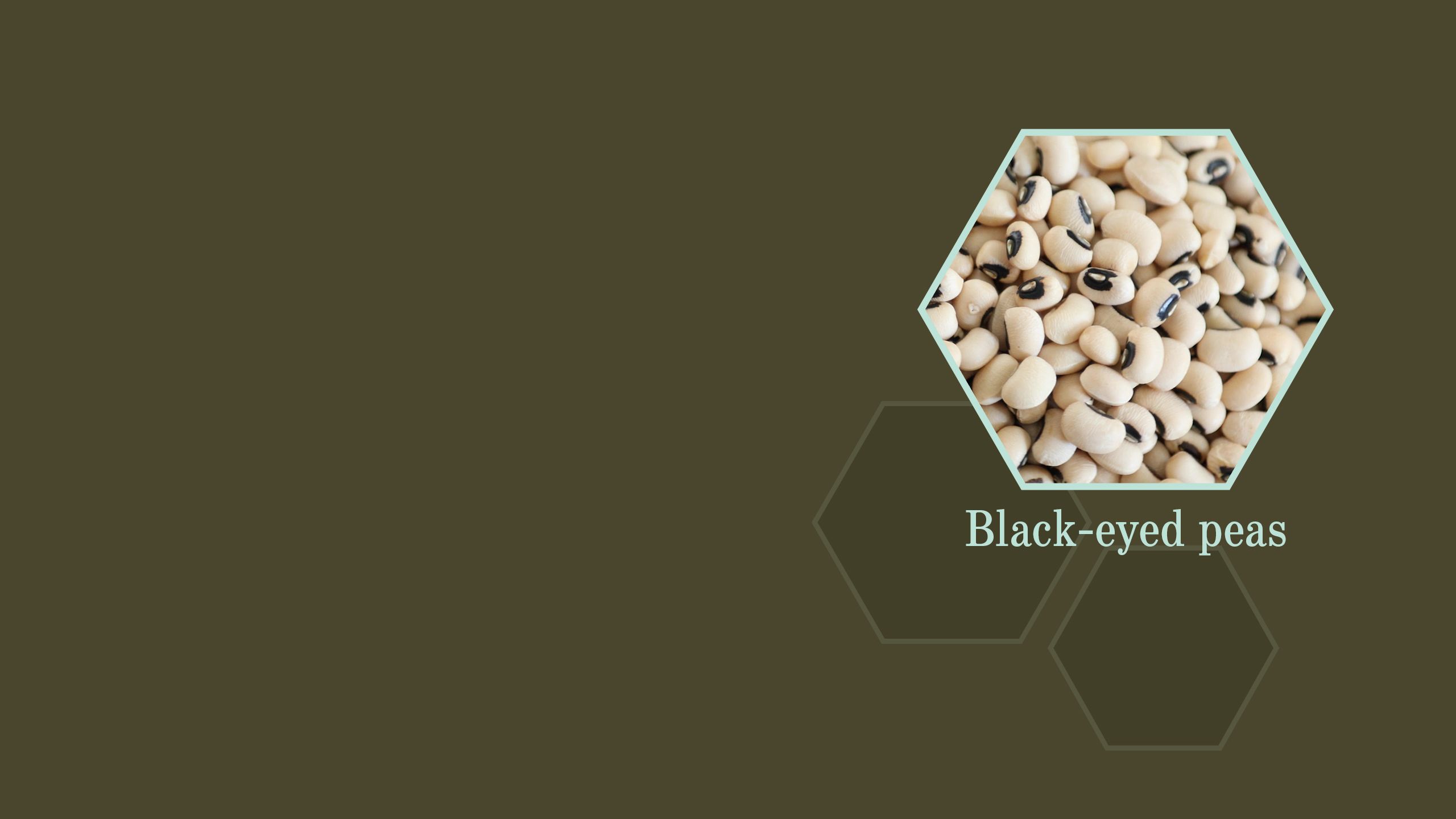


“There is the need for more working relationships between the farmer, the retailers and even the final consumers of food.”
— Chef Elijah Amoo Addo
For Ghanaian chef Elijah Amoo Addo, cultivating strong and stable food systems means going back to basics. “Family farming, small farming practices … those are the best ways of ensuring that we are connected to our natural habitat,” Addo said.
Addo set up Food for All Africa, West Africa’s first and largest food bank, in 2015, after an encounter with a mentally disabled man who was picking leftovers from the trash can at the hotel he worked at as a young chef. The organization collects leftover or unwanted food from restaurants, supermarkets, and hotels, and redistributes it to disadvantaged children in orphanages, hospitals, and lower-income schools.
Addo named Ghana’s local beans as his favorite ingredients. “We are able to use it to create sustainable recipes … and vulnerable communities are able to get the right amount of protein from our local beans,” Addo said.
Creating a closer relationship between farmers, retailers, and consumers would help to create a more efficient and therefore more sustainable food supply chain, said Addo.

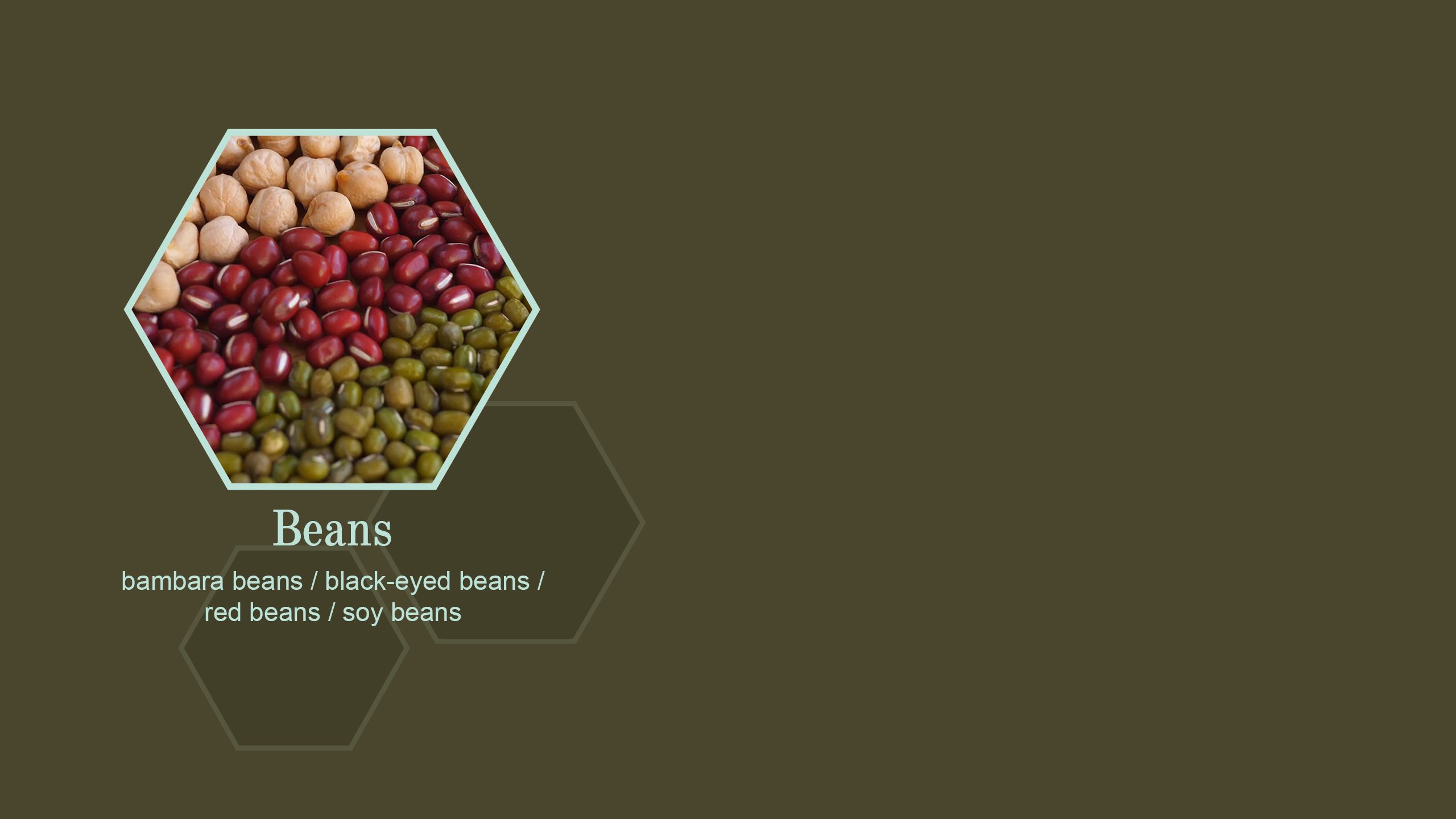

“We've got a lot of food insecurity in South Africa. And bringing food that's climate-smart is the way to heal our land.”
Like Haiti, South Africa’s cuisine is a diverse mix of cultural influences from the various communities that have come to inhabit the country. But while this has resulted in an abundance of different types of dishes, indigenous food knowledge systems have been neglected and undervalued, said South African chef Mokgadi Itsweng. “People look at our indigenous food as poverty food, as food that you don't want to eat,” she explained.
Itsweng’s advocacy focuses on promoting a healthier, “plant-forward” diet — meaning plants, rather than meat, become the star of the plate — and championing the use of climate-resilient indigenous grains like sorghum, which has been replaced by maize as a dietary staple in South Africa.
Maize, despite requiring much more water, is subsidized by the government, making it cheaper for farmers to grow. And while chefs and food activists can help create consumer demand for sorghum, farmers won’t be able to grow it without a change in agricultural policy, Itsweng explained. “We need the government to come on board and say, okay, we are trying to bring back these ingredients, purely for climate action, and help farmers to grow these ingredients.”



“We want to have ingredients from all over the world. But at the same time, we have to make sure that we strike a balance with what's locally available.”
— Chef Anahita Dhondy
Indian chef Anahita Dhondy learned how to cook Parsi cuisine from her mother, also a chef and caterer. An amalgamation of Persian, Indian, and European influences, Parsi food is the traditional cuisine of India’s Zoroastrian community. Although the number of followers of the Zoroastrian faith is shrinking, Dhondy is on a mission to educate more people about this rich and varied cuisine.
It was while studying French cooking in Europe that Dhondy realized she missed the home cooking of her childhood, and decided to focus on bringing Parsi cuisine to new audiences. “What has intrigued me the most in my journey has been discovering my roots, rediscovering actually, and has been all about the different ingredients and biodiversity of our country,” Dhondy said.
Dhondy’s food advocacy currently centers on bringing millet grains back into people’s diets. An ancient Indian grain, millet is highly resilient and requires only one-tenth of the water that rice needs to grow, Dhondy explained.
As part of the International Year of Millets, Dhondy has been running a “Millet Mondays” social media campaign on Instagram, sharing a new recipe every week with her audience. “It's been a situation in India, where we're trying to get people to get back to eating what their grandmothers ate,” she said, adding that especially in urban areas, people have moved towards eating processed or fast food over traditional foods.
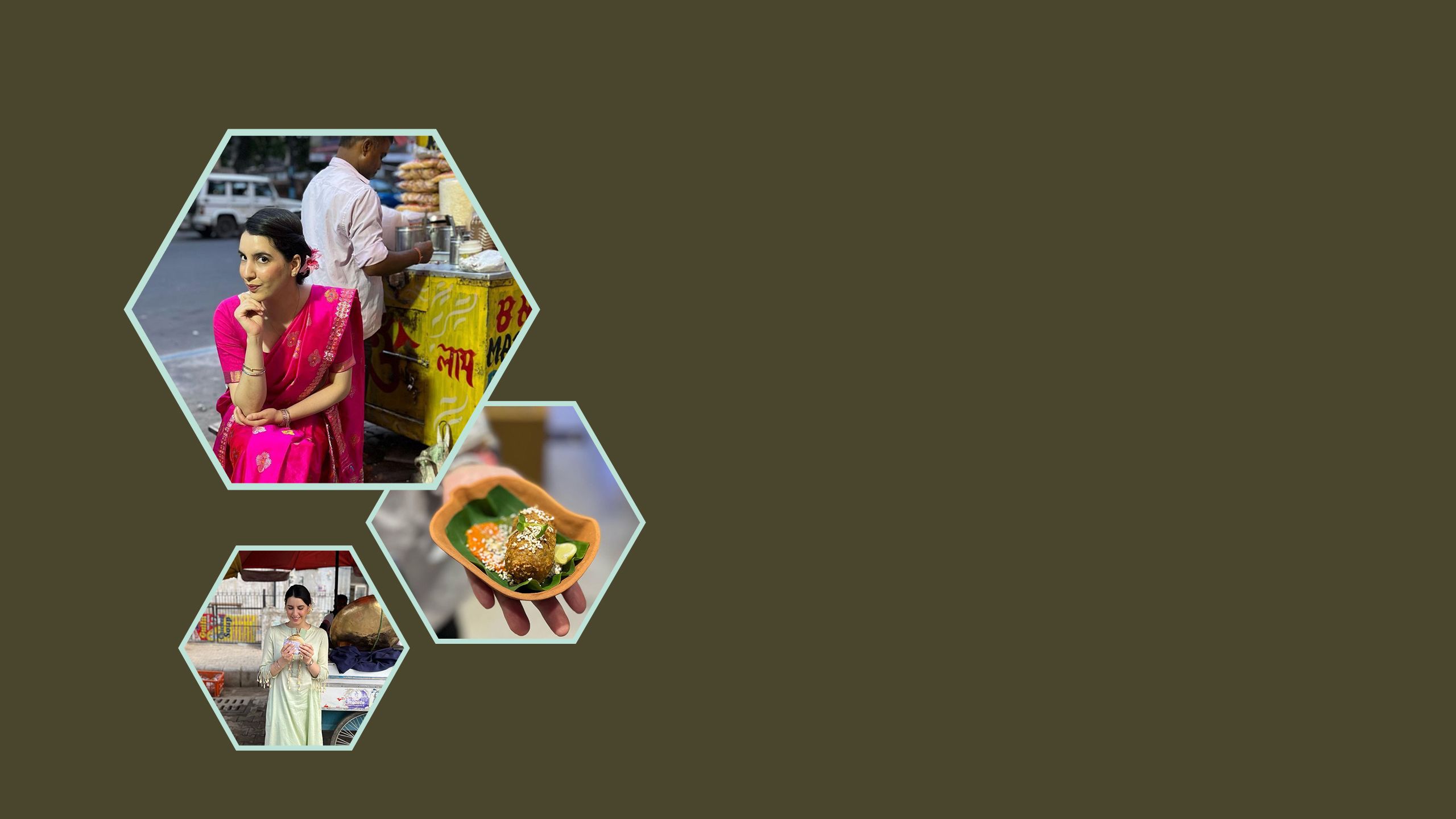
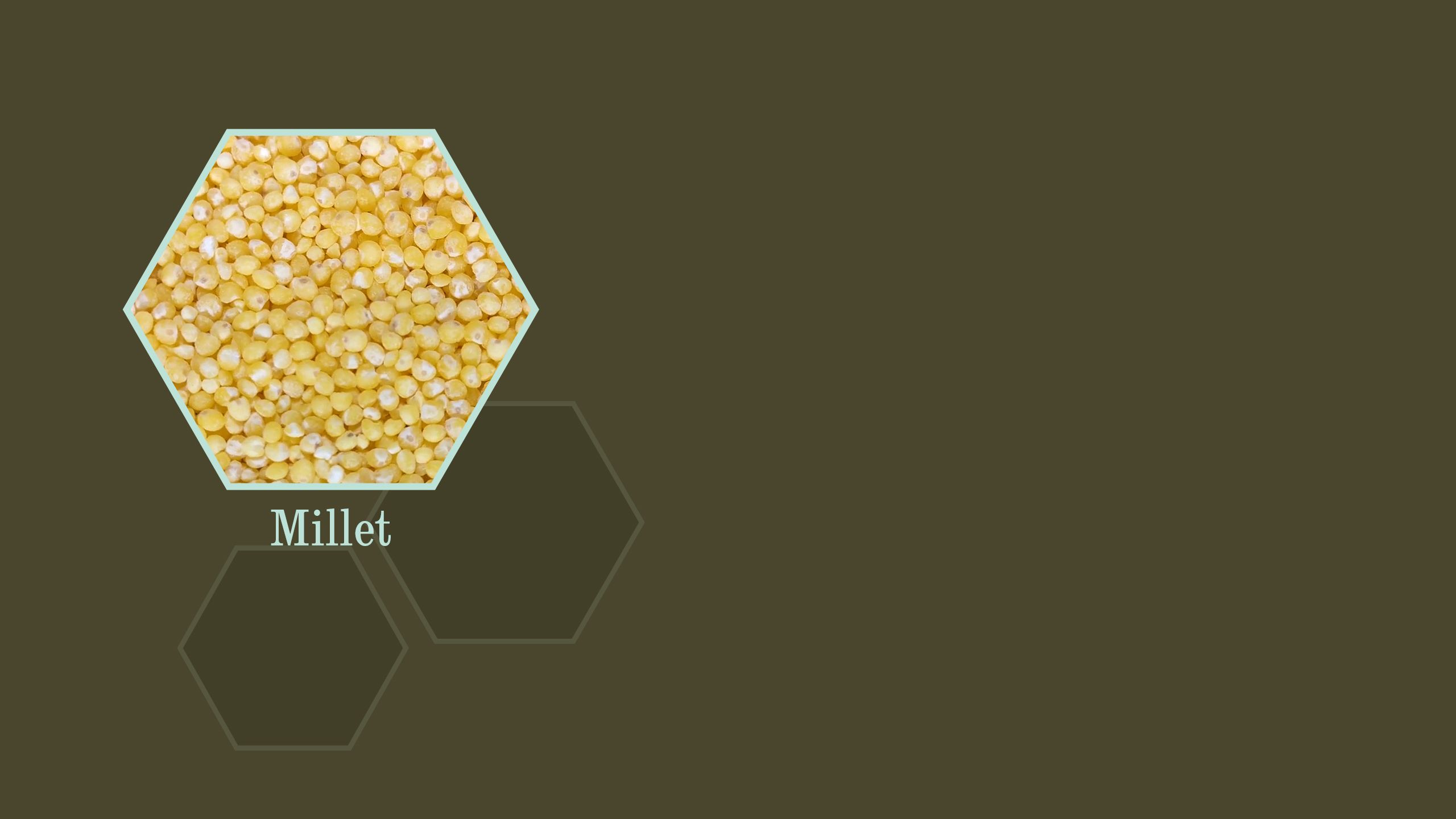
Interviews by Helen Lock, Olivia Govik, and Naomi Mihara
Written and produced by Naomi Mihara
Edited by Helen Lock
Video editing by Erika Hufano

Visit Food Secured — a series that explores how to save the food system and where experts share groundbreaking solutions for a sustainable and resilient future.
This is an editorially independent piece produced as part of our Food Secured series, which is funded by partners. To learn more about this series and our partners, click here.

